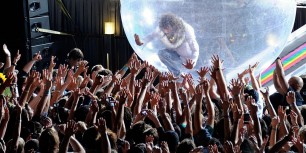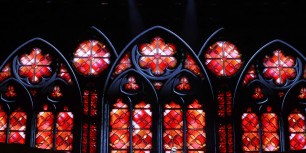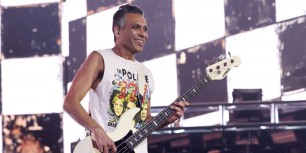
Music events are typically large-scale affairs with many people attending. It is for this reason that the Covid-19 pandemic temporarily shut down concert venues across the world. But many people packed closely together in a highly animated setting throws up more hazards than just the transmission of a potentially deadly virus. Concert venues - indoor and outdoor - present certain hazards that need to be accounted for before any concert can go ahead. And when it comes to health and safety at music venues, the venues in question can be divided into two types - indoor and outdoor - each with their own health and safety concerns that should inform the planning required for each one.
And speaking of that planning, it is typically no small job. There are certainly smaller concerts in bars and club that require a good deal less planning, but in every case a good deal of careful planning is needed to ensure these events meet the health and safety standards that have over time been codified into various rules and regulations. There are also a few necessary safety supplies that need acquiring before a safety plan can be put into action. And for large venues, these can be considerably more than the usual workplace safety supplies necessary for typical places of work.
Nevertheless, as complicated as the safety infrastructure for large music venues may seem, the process of putting one together typically follows a very logical progression. All possible risks are first considered, the solutions are created, the whole plan is checked against the relevant regulations, and then it is implemented. Whether a thousand people or ten thousand, indoor or outdoor, all health and safety plans for music events follow this basic model.
The Health and Safety Team (And Everyone Else)
For such large events, a health and safety team - ultimately responsible for the preparation and execution of a health and safety plan - is usually created. Having a set of employees devoted solely to the health and safety planning of a large event is a good way to ensure that everything is accounted for and the other elements of hosting the event - for example promotion and booking - do not distract or get in the way. With so much to plan, it is easy to forget something or to fall short of this or that regulation. But this health and safety team are not the only ones responsible for an event's health and safety infrastructure.
A health and safety team will usually work with contractors to actually construct the physical elements of the health and safety infrastructure. This can be any number of construction projects. When a music venue is being hosted outside, then things like the stage will naturally have to be constructed. For such large-scale construction projects, health and safety will naturally have to play a role at every stage of the process. Accordingly, the health and safety team will have to work closely with the contractors, often dealing with processes such as permit management, which can be particularly complex - especially when paper-based.
And if that were not enough to have you appreciate the extent of a health and safety team's duties, sometimes numerous contractors from multiple different organisations are involved in the process. In such cases, permit management and ensuring that health and safety regulations are followed is no small feat. That's why a dedicated team is needed.
Key Elements of Music Event Health and Safety
A health and safety team will usually divide their duties into several different areas, each of these coming with its own challenges and distinct disciplines. So what are the main areas of music venue health and safety?
Access and Exit
You might think this is one of the areas of health and safety that only applies to indoor venues, but even outdoor events require a clear entrance and exit. If people are expected to travel to the venue by car, then this will also encompass parking and traffic control. For outdoor events temporarily set up in a specific place, traffic and crowds will have to be guided to the proper entrances and exits by means of signage or perhaps even marshals.
When planning for access and exit, the concertgoer's entire journey must be considered, from travelling to the event, to entering it, and then leaving again. Ideally, pedestrians should be segregated from vehicles when access and exit is being planned. Depending on the scale of the event, access and exit planning may require professional assistance.
Crowd Management
Crowd management naturally dovetails significantly with access and exit planning, with the important distinction that the crowd needs to be managed after it has entered the venue. Depending on how closely packed the crowd is expected to be, major health and safety concerns will arise here. Crowds naturally have the potential to be incredibly dangerous, and so this can even be thought of as the most important part of a music venue's health and safety infrastructure.
In order to plan for crowds, the health and safety team must have a clear idea of the numbers involved and the staff that will be accordingly required. Stewards will, in most cases, need to be on hand and they will need to be properly organised with a head steward in charge. A good knowledge of crowd psychology on the part of the health and safety team is also essential.
Noise
Noise is an important part of music event planning not only in terms of how it may disturb those living or working nearby, but also in terms of the potential health hazards it has for the attendees themselves. Noise levels at concerts and sports events typically hit around 120-130 dB and this should be accounted for in any safety plan. In many cases, providing earplugs for the audience is a good solution. It is important to remember that not everybody is the same where susceptibility to noise is concerned, and there should always be reasonable provisions for those more sensitive.
There is a lot that goes into planning a music event, whether outdoors or at a set venue. With efficient communication and planning before anything is actually implemented, it is perfectly possible for the event to go off without a single hitch.
* This is a contributed article and this content does not necessarily represent the views of musictimes.com













